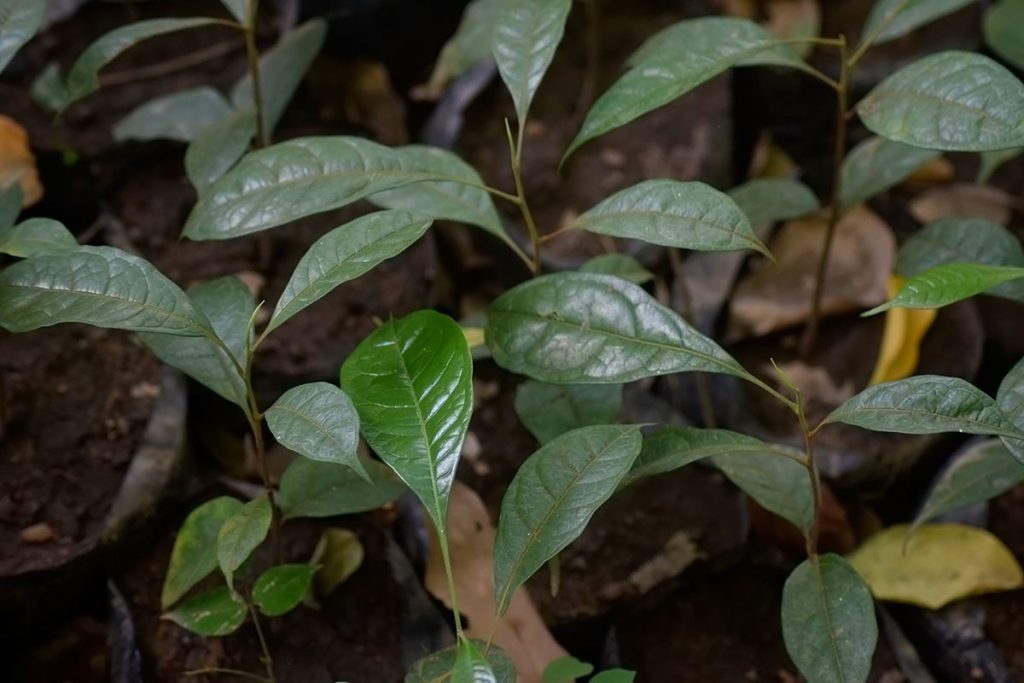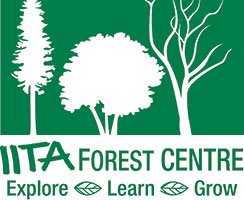
19 Dec Entandrophragma candollei
Scientific name: Entandrophragma candollei Harms.
Family: Meliaceae.
Distribution and conservation status: widespread in moist semi-deciduous or evergreen forests, particularly in regions with an annual rainfall of about 1800 mm; VU due to over-exploitation.
Common names: White African Cedar (English), Asurin (Yoruba), Sapele (Edo).
Fruits/seeds: pendulous, cylindrical capsule, brown-purplish black, dehiscing from the apex and base with 5 woody valves, up to 20 seeded with seeds attached to the upper part of the central column.
Fruiting time: June.
Seed extraction method: remove seeds (not wing) from central column.
Type of seed: recalcitrant with epigeal germination.
Sowing method: direct sowing.
Sowing medium: forest top soil.
Germination period: 10-15 days but the germination rate can be low.
Germination percentage: 70-90% for fresh seeds.
Planting: full shade.
Growth and development: seedlings growth is quite slow, increasing only by 30 cm per year.
Notes: seed production is generally erratic with one good fruiting within three years. Though wind-dispersed, the seeds are easy to collect at the base of the mother tree, but are highly susceptible to insect attack. Examine carefully and discard any seeds with small holes.

Entandrophragma candollei

